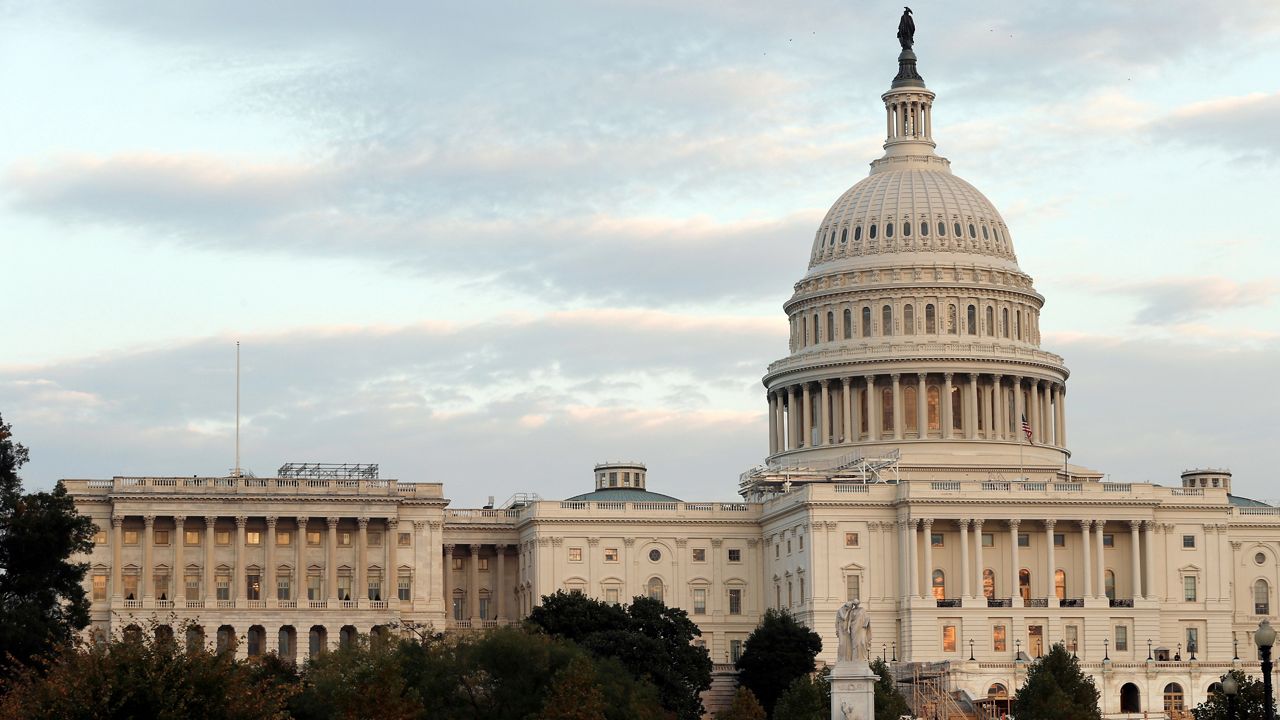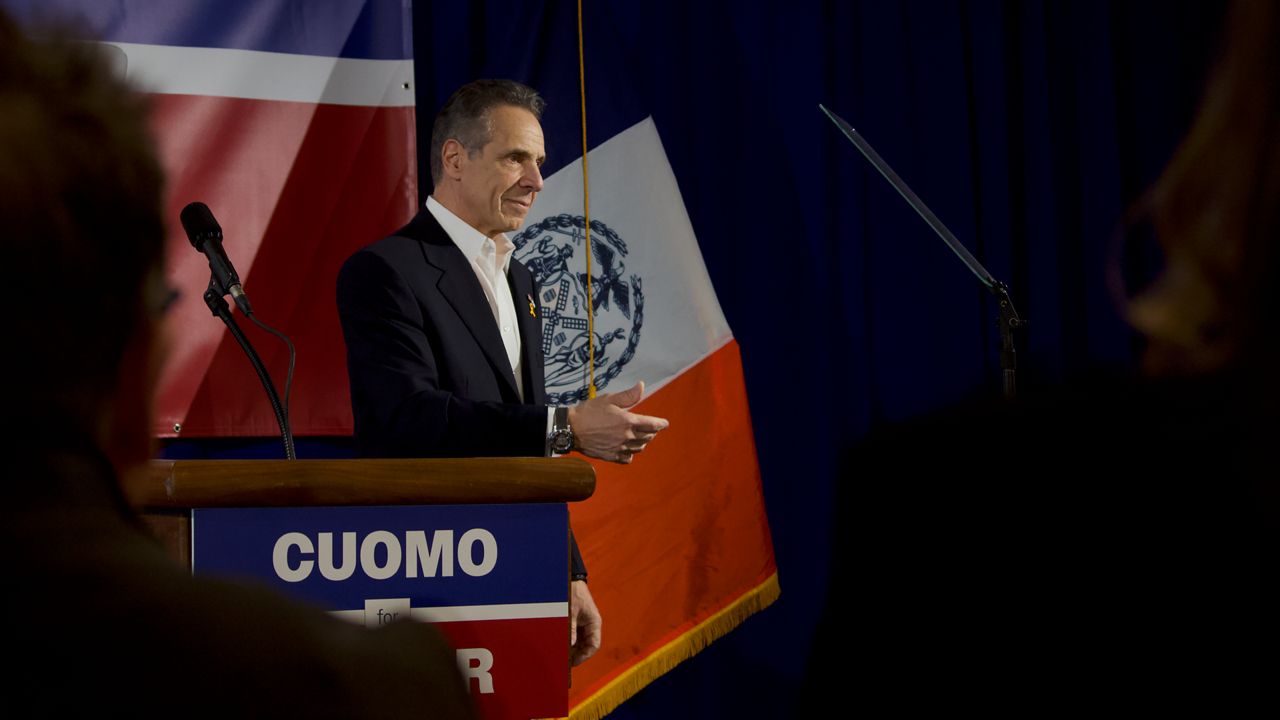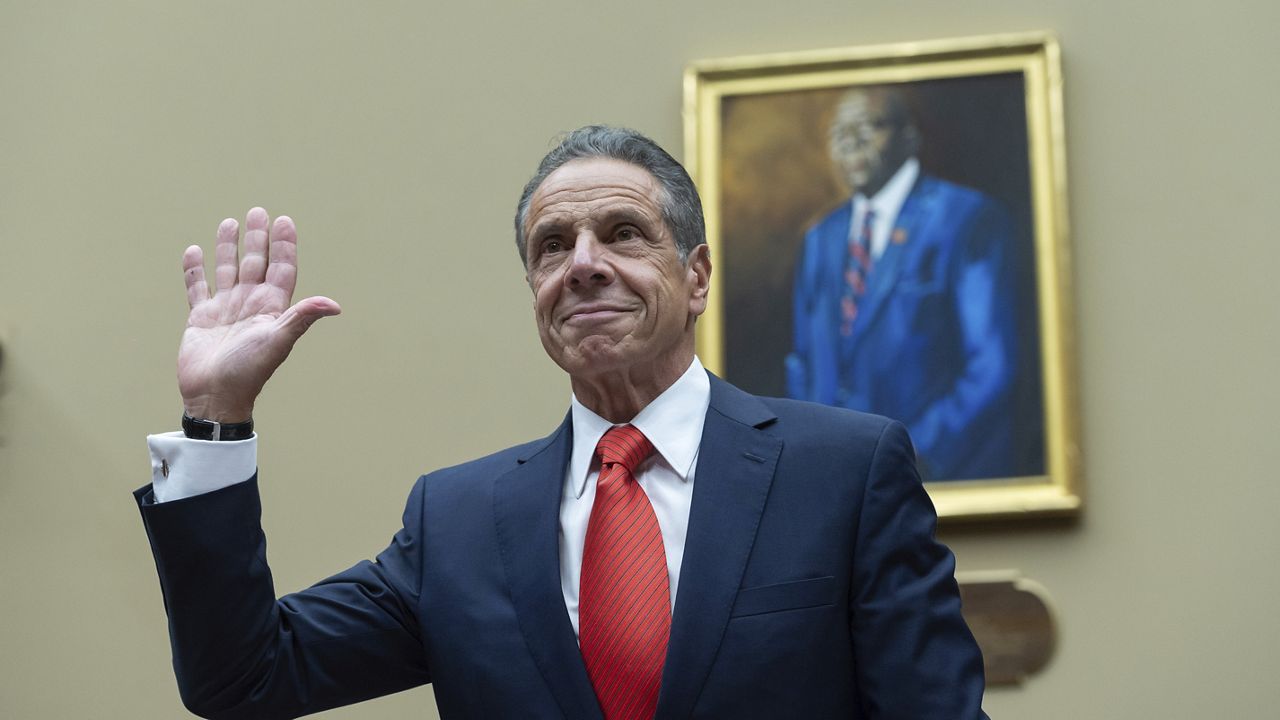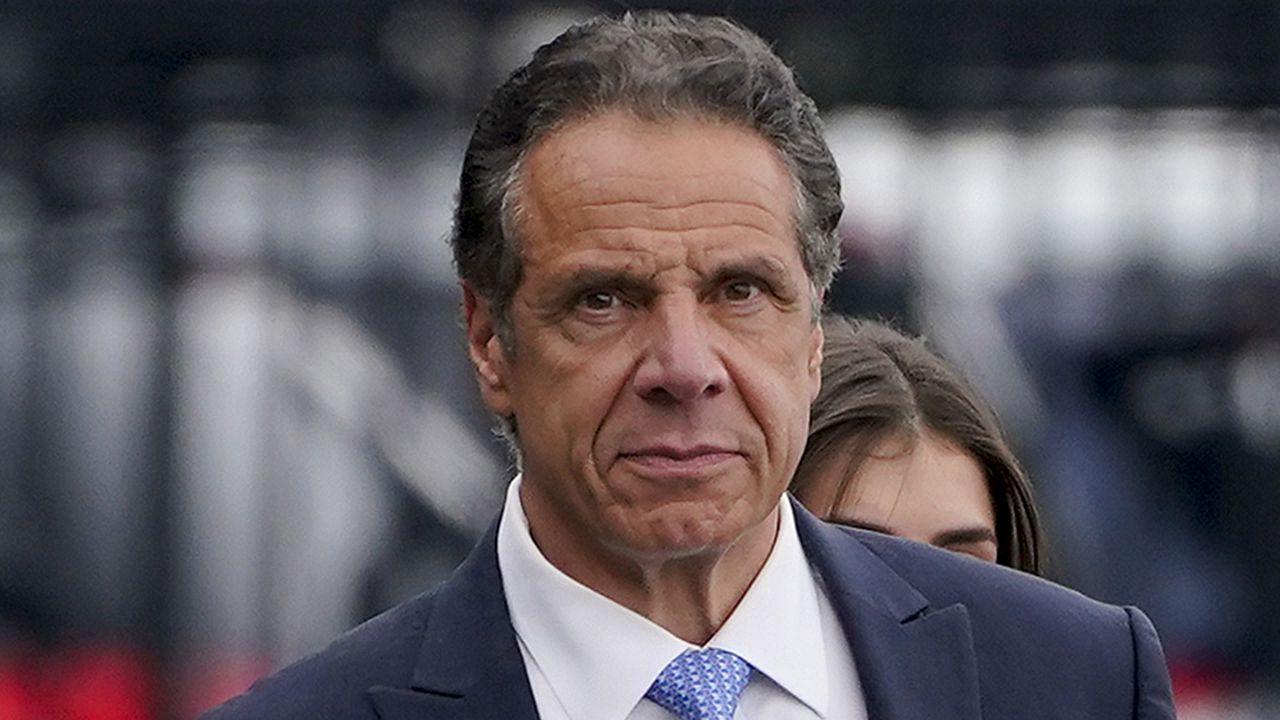Lawmakers in New York are preparing for the once-a-decade redistricting process that could alter the political landscape in the state and change how voters and regions are represented in the halls of power in Albany and Washington.
Later today, the first of eight regional hearings will be held on the redistricting process, with the commission charged with drawing political boundaries for the House of Representatives and the state Legislature meeting on Long Island.
And both state and federal lawmakers want their constituents to be engaged with these meeting amid a new process following a constitutional amendment in 2012 that turned much of the work over to an independent commission appointed by the state Legislature.
Lawmakers in recent days have sought to rally voters to participate in the process and the public hearings.
“Creation of an Independent Redistricting Commission took power away from politicians and put it in the hands of citizens to help ensure that no region of the state, special interest, or political party gains an unfair advantage, and helps create balanced government and representation for the next 10 years," said Sen. Daphne Jordan, a Republican who represents a suburban district in the Capital Region. "This historic reform, overwhelming approved by voter referendum, creates a redistricting process that is more open and transparent, but it only works if citizens themselves stand up and make their voices heard as the commission begins redrawing district lines."
On the congressional level, there's even more at stake. Redistricting is based on the 2020 Census, and as New York did not grow as fast the rest of the country, the state will lose one of its 27 seats in the House of Representatives, distributed back to a faster growing state.
"Political games have no place in our cherished democracy," said Rep. Elise Stefanik, a Republican from the North Country who represents the largest district geographically in the northeast. "The only way to ensure a fair and equitable redistricting process is to have transparency and participation within it. This is why I strongly urge NY-21 voters to exercise their civic duty and engage in these public hearings to protect the North Country’s voice."
There are pitfalls for incumbents with the new process in place —- especially for Republicans in a state dominated by Democrats in both chambers of the Legislature and in the voter enrollment.
The previous redistricting was solely in the hands of state lawmakers, allowing them to essentially choose their voters by drawing often oddly shaped districts to ensure one party's advantage over the other. Some members of Congress even hired lobbyists to influence their fellow elected officials in Albany for redistricting.
A commission with some remove from the Legislature was designed to end that practice. Proposed maps twice rejected by the Legislature would throw the process back to the state Senate and Assembly, where Democrats hold supermajorities, enabling them to override a potential veto by Gov. Andrew Cuomo.
Voters could still provide some clarity to the complicated approval and map drawing process this November.
A proposed constitutional amendment would cap the number of members in the state Senate at 63 seats, a move that comes after Republican lawmkers who controlled the process in 2012 added a seat in a Republican-leaning area as a kind of insurance policy to bolster their majority at the time -- a practice GOP lawmakers used in prior rounds of redistricting.
The proposal would also count residents regardless of their immigration status and required people in prison be counted as the district they last resided in, not where they are currently incarcerted.
The new maps could be in place by January 2022, ahead of what's expected to be a contentious midterm election fight in New York and around the country.








